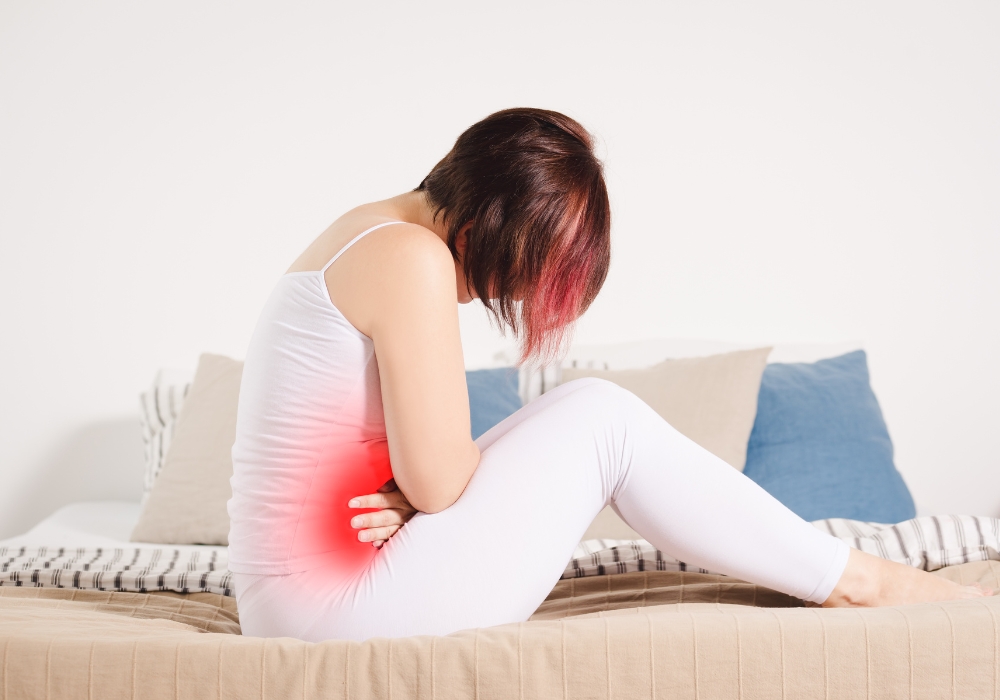 Jessica Mosiuk, R.H.N.
Jessica Mosiuk, R.H.N.
Registered Holistic Nutritionist
Read Biography Schedule an Appointment
Endometriosis is a condition where tissue similar to the lining of the uterus grows outside of the uterus and in other parts of the body. They can form cysts (growths), scar tissues, or adhesions (bands of fibrous tissue). Symptoms of endometriosis include severe pain during menstruation, pain around ovulation, bloating, cramping, backache, fatigue, and infertility.
The cause of endometriosis is unknown but there are several theories including hormonal factors, microbiome imbalances and immune system dysfunction.
Though there is no cure for endometriosis, there are several treatments available that aim to reduce pain, treat infertility and improve quality of life. These include medications, surgery, pelvic floor physiotherapy, nutritional therapy and acupuncture.
At Vitalia Healthcare, one of our key pillars to managing endometriosis is to reduce inflammation. Inflammation is our immune system’s way of keeping us healthy, fighting off infection and promoting healing. When inflammation becomes chronic, like in endometriosis, it becomes harmful to us and contributes to pain.
The food choices you make can increase or decrease inflammation. If you are struggling with pain from endometriosis, here are the diet changes you should focus on to reduce inflammation:
Choose Low Glycemic Foods
The glycemic index is a way of organizing carbohydrate-based foods like fruits, grains and vegetables by their potential for raising blood sugar and how quickly they raise your blood sugar.
High glycemic foods will raise your blood sugar quickly. This will then cause your pancreas to release a high amount of insulin to counteract the increase in blood sugar. High amounts of insulin being released by the pancreas contributes to inflammation and increases pain.
Low glycemic foods include oats, beans, leafy green vegetables, berries and apples. High glycemic foods include processed foods like cookies, white rice, white bread and potatoes.
Consume More Omega-3 Fatty Acids
Omega-3 fatty acids are a healthy fat found in hemp seed, chia seed, flax seed, walnuts and oily fish like salmon. Omega-3 Fatty acids are important in helping reduce inflammation and pain but most people don’t eat enough of them.
Eat More Plant-based Proteins
Animal proteins, including dairy, contain arachidonic acid which increases inflammation. The average person consumes far more animal-based proteins than plant-based proteins. Try limiting animal-based proteins to one meal per day and opt for veggie-based meals with beans, legumes and soy-products like tempeh.
Need help managing your diet with endometriosis? Book an appointment with our Holistic Nutritionist, Jessica Mosiuk, for a plan to achieve a pain-free menstrual cycle


